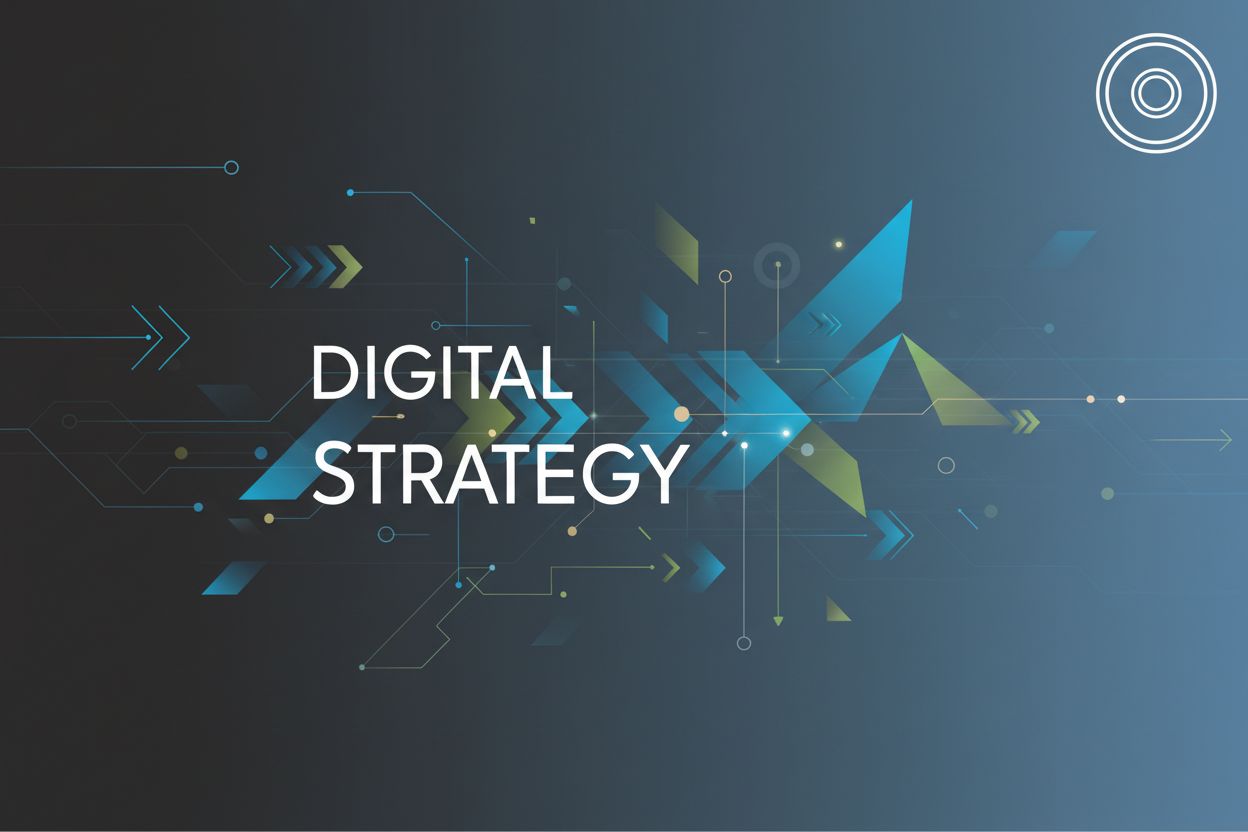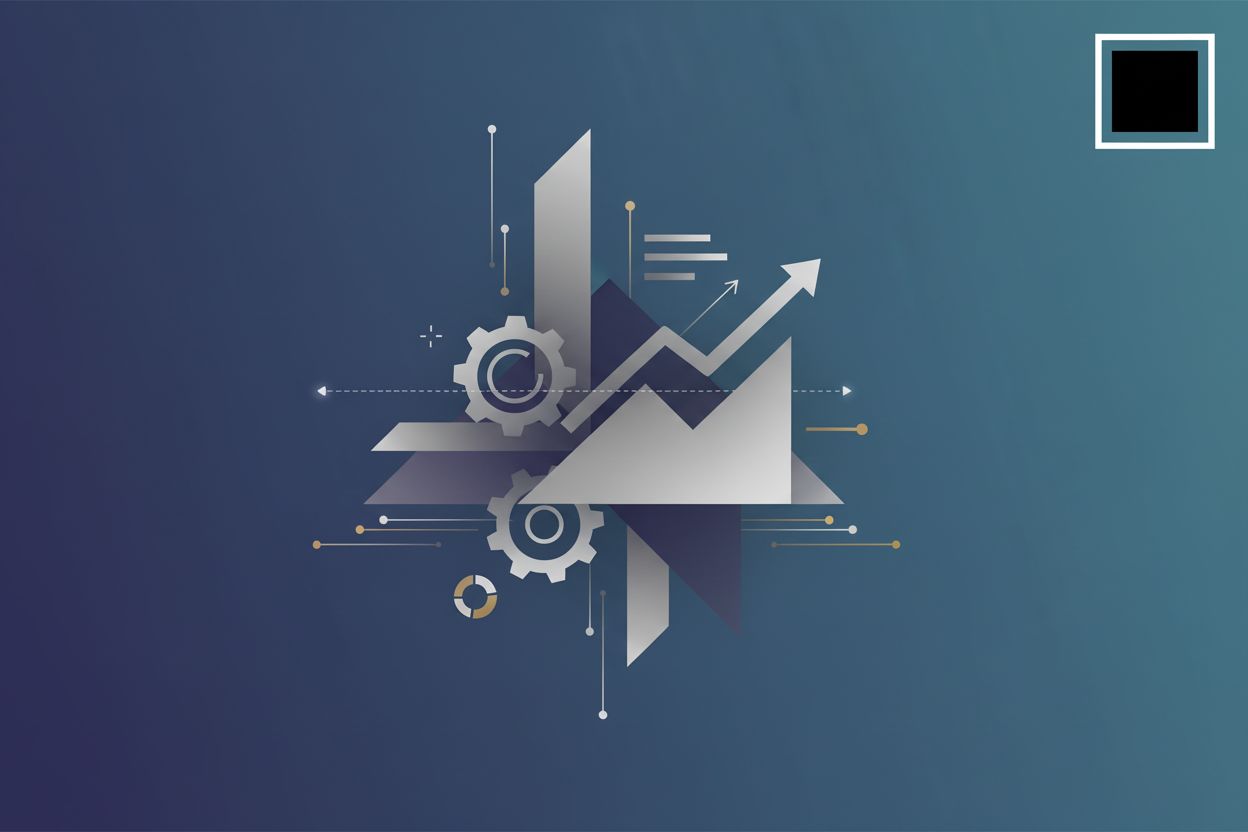AI-Powered Content Personalization
TL;DR
Understanding
Did you know that most customers get pretty annoyed when content ain't tailored to them? It's true! That's where ai-powered content personalization comes in, trying to make things better...but what is it, exactly?
Well, basically, it's about using artificial intelligence to give folks content that's more their speed. Here's the gist:
- Tailoring is key: AI analyzes data to figure out what each user likes. Think about product recommendations based on your browsing history, or news articles that match your interests.
- Beyond the basics: This ain't just about slapping a name on an email. AI Personalization helps create experiences that feels truly individual, as stated by ibm.
- Tech under the hood: Machine learning, nlp, all that jazz. ai algorithms find patterns and trends to deliver relevant content.
For example, in e-commerce, ai can surface recommendations based on past purches or browsing history.
AI is changing the game, but why is it such a big deal? Well, we'll get into that next!
The Benefits of AI-Driven Content Personalization: More Than Just a Nice-to-Have
Alright, so you might be thinking, "ai personalization, is it really worth the hype?" Turns out, it kinda is! It's not just a fancy add-on; it can seriously boost your bottom line.
Engagement goes up: Personalized content keeps users glued longer. Think about it: a streaming service suggesting shows you'll actually like. That's way better than endless scrolling, right?
Conversions skyrocket: Relevant recommendations equals more sales. Like, if you're browsing for hiking boots, seeing personalized suggestions for backpacks? Boom.
Cost savings are real: Automation is a game changer. Instead of manually crafting every message, ai does the heavy lifting. Some studies suggests personalization programs can cut customer acquisition costs by up to 50% !
For example, healthcare providers can use ai to send tailored reminders for appointments or medication refills. Or, in finance, ai could offer custom investment advice based on your goals.
Basically, when you get personalization right, everyone wins. Now, let's talk about how ai can help you scale those personalization efforts...
Examples of AI Personalization in Action Across Industries
Did you ever wonder how some companies always seems to know exactly what you want? A big part of that is ai personalization working its magic behind the scenes. Let's look at some examples of personalization in action!
- E-commerce: Think about Amazon's "customers who bought this item also bought..." section. It's not random; ai analyzes your browsing history and purchase patterns to suggest relevant products.
- Finance: ai can offer custom investment advice based on your financial goals and current market conditions. This helps people make smart choices with their money.
- Healthcare: in healthcare, AI is beginning to be used to create more personalized treatment plans and also monitor patient health. This helps improve patient outcomes through more tailored care.
So, how does this work? ai algorithms analyze tons of data, including your browsing history, social media activity, and purchase habits. It then uses this information to predict what you might be interested in.
According to McKinsey, 71% of consumers expect companies to deliver personalized interactions.
It's not just about showing you relevant products or content – it's about building trust and creating a better overall experience.
Next up, we'll look at the tech that makes all this possible.
Implementing AI-Powered Content Personalization: A Step-by-Step Guide
Alright, so you're probably wondering how to actually do this ai-powered content personalization thing, right? It's not as scary as it sounds--promise! Here's a step-by-step that’ll help you get started.
First things first, you gotta get your data in order. What kind of data are we talking about?
- Identifying key data points like demographics (age, location), behavior (browsing history, purchases), and interests. This is how ai figures out what people like.
- Using cdps (customer data platforms) and analytics systems to collect and organize all that data. Think of it as your ai's personal filing cabinet.
- Ensuring data privacy and compliance with regulations like gdpr. Don't be a data creep; be responsible.
Okay, now for the fun part: picking your ai sidekick.
- Evaluating different ai personalization platforms. Do your homework! Some are better for e-commerce, others for content sites, etc.
- Considering factors like scalability, integration capabilities, and ease of use. You don't want something that's gonna break when you get popular, or that needs a phd to operate.
- The role of headless cms in ai-powered personalization. A headless cms gives you the flexibility to deliver personalized content across any channel.
Time to put it all together!
- Dynamic content personalization: Tailoring website content to individual users. So, someone who loves hiking sees hiking gear, not beach umbrellas.
- Personalized email marketing campaigns: Increasing click-through rates and conversions. As qualtrics highlights, personalized AI powered chatbots can detect emotion, intent, sentiment and effort.
- Real-time adaption: Adjusting content based on user behavior. If someone keeps clicking on blue shirts, show them more blue shirts!
Next, let's look at how GetDigitize can help with this.
Navigating the Challenges of AI Personalization: Avoiding the Creep Factor
Okay, so you've got ai doing all this cool personalization stuff, but how do you make sure it doesn't get, well, creepy? It's a valid question!
Data Privacy Concerns are real. People want personalized experiences, but they also want their data kept safe. building trust is key. Be upfront about what data you're collecting and why.
Transparency is a must. Explain in plain language how you're using customer data. nobody likes feeling like they're being watched. clear privacy policies can help ease those fears.
Striking a balance is tricky. Just because you can personalize something doesn't mean you should. Respect customer boundaries; focus on providing value, not just hoovering up data.
Ethical Considerations: think about the ethics. Are you inadvertently excluding certain groups? Are you manipulating emotions? don't be evil, basically.
Technical and Organizational Hurdles: Implementing ai isn't cheap, and it requires everyone to be on the same page. it's important to align your internal teams, and also to define your user segments effectively.
Getting this right is a constant balancing act, but its worth it. now, let's talk about data privacy...
The Future of AI-Powered Content Personalization
Okay, so what does the future hold for ai personalization? It's kinda wild to think about, really!
- Hyper-personalization is gonna be huge. We're talking content that's tailored to you, and only you. Think about getting ads that feel like they were made just for you—because they were!
- ai will change how we make content. ai can write articles, create images, even make videos. The question is, how will we use this power responsibly?
- Agentic ai will be the norm: Instead of just reacting, ai will start anticipating your needs and proactively solving problems.
Basically, get ready for a world where everything feels custom-made. Investing in ai now? Probably a smart move. Just, uh, don't forget about privacy, okay? On to the next thing...







